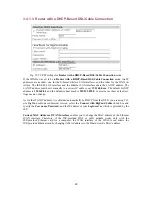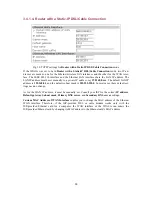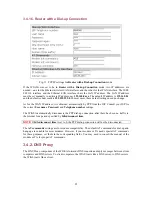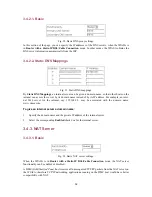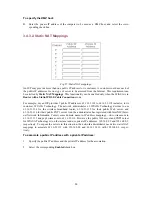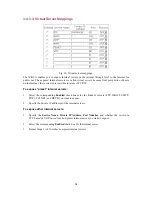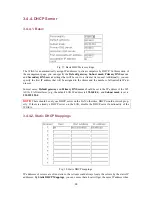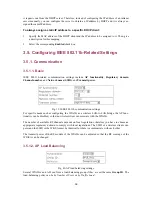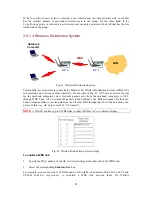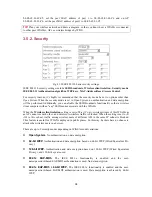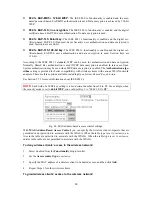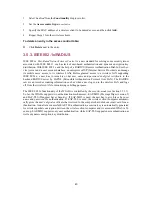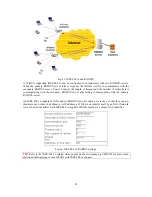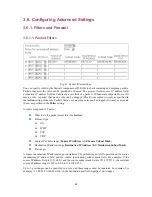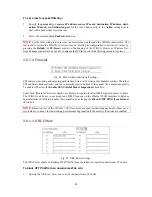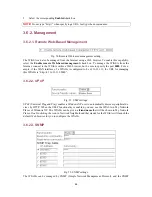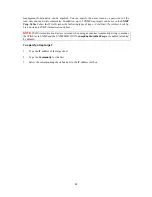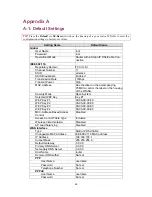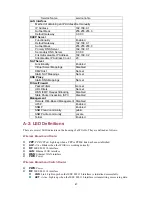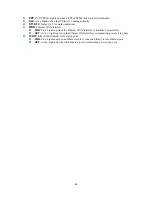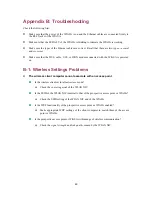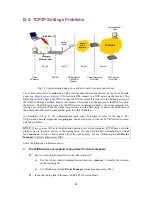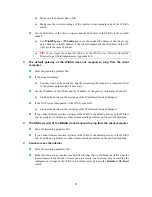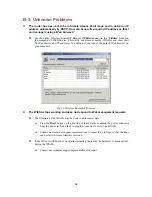
To set a rule for packet filtering:
1. Specify
the
protocol
type,
source IP address
,
source IP mask
,
destination IP address
,
desti-
nation IP mask
, and
destination port
for the rule. Then specify in the
Action
setting how to
deal with a packet that meets the rule.
2.
Select the corresponding
Enabled
check box.
NOTE:
Set the rules with great care since incorrect rules would make the WIASA inaccessible. The
last resort to restore the WIASA to service may be resetting its configuration to factory-set values by
pressing the
Default
(or
SF-Reset
) switch on the housing of the WIASA. However, Wireless Net-
work Manager can always be used to configure the WIASA even if the filtering rules are incorrect.
3.6.1.2. Firewall
Fig. 48. Packet filters and firewall settings.
SPI analyzes incoming and outgoing packets based on a set of criteria for abnormal content. Therefore,
SPI can detect hacker attacks, and can summarily reject an attack if the packet fits a suspicious profile.
To enable SPI, select the
Enable SPI (Stateful Packet Inspection)
check box.
Some DoS (Denial of Service) attacks are based on sending invalid ICMP request packets to hosts.
The WIASA can be set to not accept any ICMP requests on the Ethernet WAN interface to defense
against attacks of this kind. Enable this capability by selecting the
Block ICMP PING from Internet
check box.
NOTE:
Because some of the WIASA’s CPU resources are spent in checking packets for these secu-
rity features, you may feel networking performance degradation if the security functions are enabled.
3.6.1.3. URL Filters
Fig. 49. URL filters settings.
The WIASA is capable of blocking HTTP traffic from the intranet to specified unwelcome Web sites.
To block HTTP traffic to an unwelcome Web site:
1.
Specify the URL (ex. www.xxx.com) of the unwelcome Web site.
43

